Camera gear for adventure photography
Ever since I first went travelling back when I was 17 I’ve always been into photography. Since then I’ve owned a wide array of different camera’s and devices for taking photos and video. Ten years of adventure photography later and my thoughts in relation to gear selection has changed a lot! My intention in this article is to go through my thought process for gear selection, the backround in the gear I have previosly used and now the camera gear I currently use.
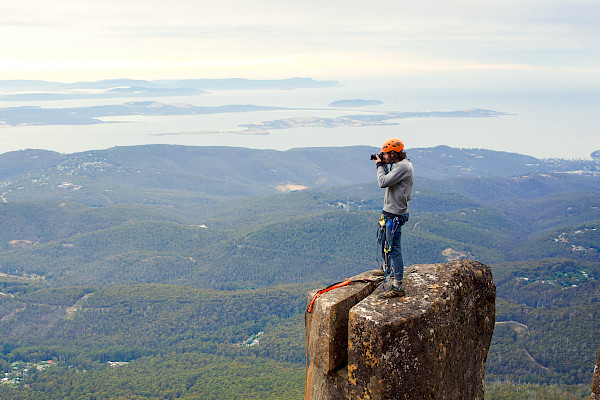
When analysing different cameras most people end up digging in to the specs, considering what has the best sensor size, resolution etc. There is no end of articles and reviews online which go through all of that in tremendous detail. While I think that this approach to gear has plenty of merit I think that personally I’ve given far too much weight to these factors over the years which has resulted in some questionable gear purchases when instead I would have been much better served considering the camera system as a whole (including how it is stored and carried) against the following three factors;
1 - Accessibility
Being able to access your camera at a moments notice is really important in adventure photography. Unlike in a studio or even landscape photography conditions change fast and often there is only a second or two to capture a great shot before the moment is lost; the climber climbs out of the frame, the lighting changes or the paddler is carried downstream by the current.
Having ready access to your camera is impacted by a number of things but from a design standpoint the most important is generally size. Small and light camera’s can be easily stowed in a pocket and therefore are always much easier to access that a large camera buried in a backpack.
How rugged a device is also plays in to this; a waterproof GoPro or a phone in a waterproof case can very easily be thrown in the pocket of a PFD on a whitewater rafting trip and taken out at a moments notice. A point and shoot camera would not survive such treatment. As soon as your camera has to be buried in a series of dry bags and containers to prevent it’s destruction its accessibly goes down dramatically. This is where good camera bags, Peli Cases, canyon kegs and other such tools make a massive difference in wether or not a certain camera setup is practical.
I have been on many trips with super expensive and shiny camera gear that I have carefully packed in a series of dry bags. At the end of most of those trips the shots I got from a GoPro mounted on my whitewater helmet or from my phone which was in my pocket ended up being the best footage of the day. The camera is no good if it’s not accessible when the action is happening.
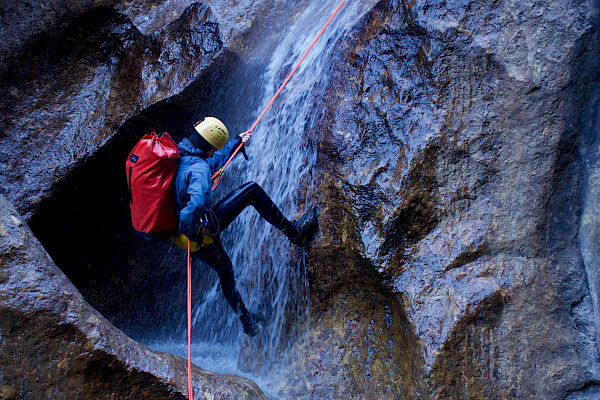
2 - Cost of acquisition/loss
Everyone has their own personal feelings about how much is too much to spend on a camera. One thing I have noticed very clearly within myself is that the less concerned I am about destroying a camera the more crazy situations I use it in and conversely the better photos and video I generally end up getting.
I have owned some horribly expensive camera’s over the years including a Red Cinema camera as well as a Sony A7s III. Both of them took incredible video on the couple of occasions I used them… I’m sure these would be brilliant for people who are not operating in the hostile conditions that I operate in or who are not concerned about destroying a $5000+ bit of camera gear. For me in my situation this isn’t tenable.
As soon as you take electronics in to the outdoors adventure environment you have to accept that is will get wrecked at some point. The trick is finding the sweet spot for your situation where this isn’t something to be cripplingly concerned about because the cost of the camera lines up with how much you value the photos that you take with it. If you do this right you won’t be afraid to put it in places that risk damage as it is these places where the most epic shots are often obtained.
The handful of GoPros, an old Iphone several point and shoot cameras and one cheap mirrorless camera that I’ve wrecked over the years have been annoying to destroy but when I look at the photos and video I took with them there are no regrets in my mind at all. Cameras are just a tool and its important to find one at a price point that means you are going to use it often.
A perfect example of this is a recent scuba diving trip I did up in South Australia. I had my relatively cheap Sony RX100 in a very cheap Chinese diving housing. Unsurprisingly the cheap housing developed a slow leak half way through the trip. Had I been significantly concerned about the camera getting damp and breaking I would have stopped my photography for the trip. Because the camera is old, beaten up and within the amount I am willing to lose for cool photos I chucked some absorbent material in the housing to get rid of most of the water and kept using the camera for another 3 dives. The photos I took on that trip were some of the best I’ve ever taken underwater and I’m really happy with them. The camera also survived but that is besides the point. Often the best shots I’ve taken are in situations were everyone else is putting their cameras away because it’s too wet, too sketchy, everyone needs to concentrate on what is going on etc. This is the time where the adventure is happening and hence the best time for photos!
If you really want to get in to adventure photography and you only have $500 to spend on a camera I would suggest you would be better getting on Facebook marketplace or eBay and buying a second hand Gopro (the old ones are pretty much given away) and one or two older point and shoot cameras rather than one shiny new $500 camera. You’ll have more fun not stressing about smashing/drowning your cameras and you’ll take a lot more photos, get better shots and get better at photography.
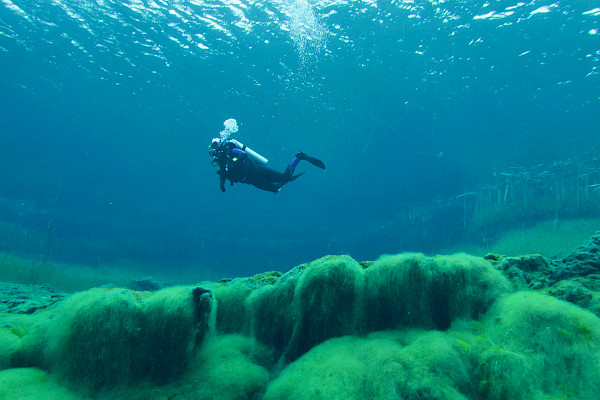
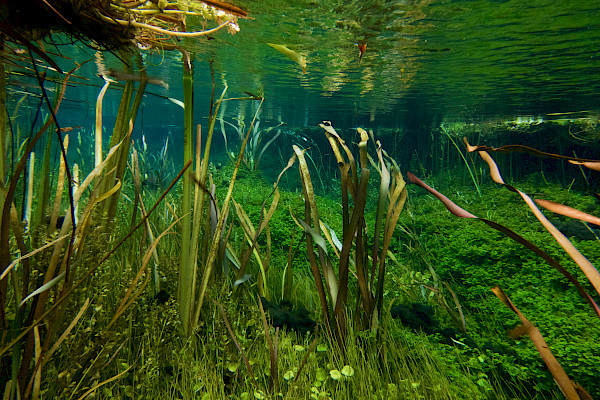
3 - Usability
Cameras are only good at taking photos if you can get them working when you need them. Having to switch lenses, operate fiddly buttons with gloves on or having the camera turn on in your pack and the battery drain are all things which quickly become large obstacles to taking good adventure photos, particularly in trying conditions.
A decent component of the usability of a camera system comes down to skill and experience with the camera. If you are a decent photographer, know how to shoot in manual mode and know what most of the settings on your camera does then you’ll be able to use pretty much any camera system out there. If you don’t know anything about cameras and just want to be able to point it at a cool thing and press a button to take a photo then having an expensive camera with lots of dials and features probably makes the camera less usable in the field than just using your phone which may very well be the best option (no shame in that, use whatever tool works and gets you pics that you are happy with). Even as a relatively experienced photographer I have no qualms about putting my camera in auto mode if that is what needs to be done. Sometime you need to be fast to capture a moment and shooting in auto is a great way to do that.
There are usability features of certain camera systems which make them better for adventure photography, cameras with replacable batteries are far better because you can take spares and swap them out in the field, likewise bigger buttons and good autofocus can be a real advantage.
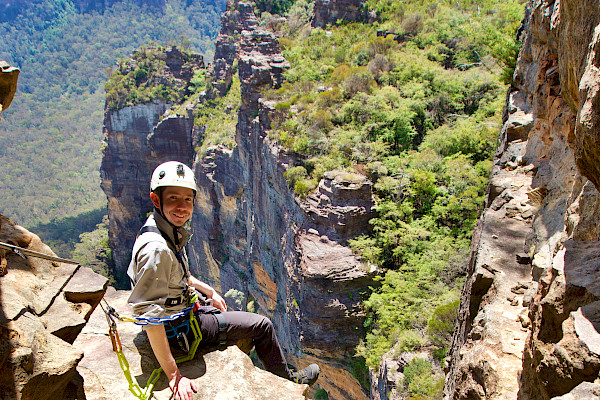
Camera Systems -
Past camera setups that I don’t use anymore
Stupidly expensive video cameras; (Red Epic + Sony A7Siii)
Two camera setups which took some awesome shots but were just too expensive for me to be willing to risk doing anything particularly adventurous with them. The Red was ridiculously big and took ages to setup. Be great for a documentary film maker, not any good for my purposes. The Sony would be excellent if I could justify the expense and risk of wrecking it.
Sony A7r IV
Brilliant photo camera, took some epic shots with it, just didn’t use it enough to justify owning it. The cost of the camera put me off taking impromptu shots of whitewater rafting when I had wet hands, I was constantly worried about smashing it when doing sketchy things on rope. I definitely used it more than the Red video camera but it still was more than I was willing to lose if I destroyed the camera and so again was not ideal for adventure photography.
Sony A7 II
Solid photo camera, took lots of great shots with it, I bought it second hand and it was in my price range to being willing to risk damaging it so many of the best whitewater photos I’ve taken were with this camera. Got rid of it to upgrade to the A7R IV which was a bit pointless and with the power of hindsight I would have been better off using this camera until it died.
Panasonic GH5
Nice camera and series, ultimately got rid of it after using it quite a bit because I decided to move away from m43 lenses. For caving and other low light applications the bigger sensor and more glass of full frame is handy. Also better autofocus is good for fast moving action stuff. Still a good camera system that I’d recommend. The camera was fairly big and bulky too which meant it often wasn’t as accessible as I would like.
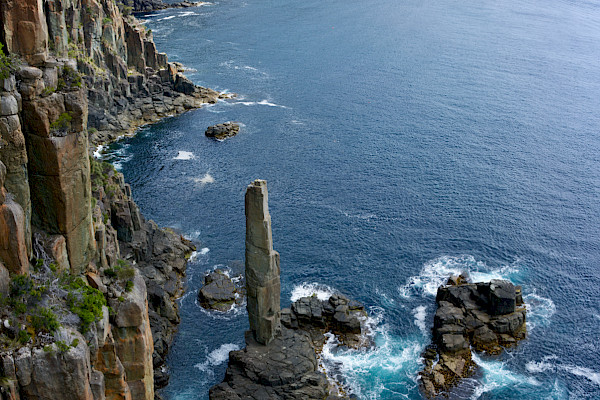
Current Camera Systems that I still use and like
Sony RX100 Mark 4 compact camera
The first camera I every owned was a RX100 Mark 2 so this camera system has a special place for me. It’s compact, takes good photos and videos, has full manual controls and it’s relatively of cheap (they’re expensive for compact cameras but cheap compared to a larger mirrorless interchangeable lens cameras). I purchased my latest RX100 second hand and despite being pretty beaten up now (it’s superglued together and the screen is pretty destroyed) it is still going strong. For anything were I need a very accessible camera but still want to take better photos than I can using my phone this is my go to. Anytime I am on rope climbing/abseiling this is generally attached to my harness in a small Lowepro bag with a lanyard so I don’t drop it. I keep a spare ziplock bag or thin dry bag in the case for if it starts to rain. For more gnarly canyon, cave or whitewater trips this will be kept in a dry bag or canyon keg which makes it less accessible but more protected. I own a cheap dive housing for this camera which has pretty much died now but I managed to get quite a few cool diving photos using this camera as well. The majority of photos and videos that I have taken over the years have been taken with a camera from the RX100 line. Despite having always used this line of compact camera’s I don’t have any specific loyalty to that system it’s just what I use. I’m sure other brands of compact cameras would be just as good if not better.
Sony A6400 APSC interchangeable lens camera
This is my current ‘big’ interchangeable lens camera. It’s nice and small and light for an interchangeable lens camera and gets some really great shots particularly with the ability to change out lenses to some nice glass. I really like this camera because it is cheaper than the other interchangeable lenses cameras that I’ve owned (I got this one second hand for a really good price). This means I’ve been happy taking it down caves and using it as an adventure camera should be used. It is really nice to be able to switch lenses which is something that I now feel a bit restricted by with the RX100’s. That said getting access to this camera is always harder because it is bigger and I have to put it in a pack rather than in my pocket. I've recently aquired a waterproof housing for this camera so I'm looking forward to doing more dive photography with it.
GoPro Hero 5 Black Action Camera
Purchased this whenever they came out and haven’t upgraded since because it gets the job done. GoPros are great for getting in to the action and mounting them on helmets when whitewater rafting or caving/climbing has yielded me some pretty cool shots over the years. The photo quality isn’t great and the wide angle lens often makes epic environments look a lot smaller and less impressive than they really are which I’m not a fan of. That said for getting in the action and capturing things that you couldn’t do with a conventional camera there really isn’t anything better. I’l probably get a newer one at some point (or maybe the DJI Osmo Action) but I am generally reluctant to upgrade cameras if they still work and get the job done which this little GoPro still very much does!
2022 Iphone SE
Like everyone I take photos with my phone; I really try to use it as a last resort if I don’t have another camera with me because the photos don’t look as good as a proper camera. Some of the newer phone cameras seem to be pretty impressive but I’m struck with how far behind camera tech in phones seems to fall. The photos I took on my old Sony RX100 Mark 2 around ten years ago still look good to this day, the phone photos I took on whatever iPhone I had back then look thoroughly average. I purchased this phone about a year ago after I finally got sick of the failing battery life on my older iPhone which I had already replaced the battery in twice.
If you’ve got a decent phone camera it makes sense to use it but if like me you don’t like updating to the latest model I think they can pretty quickly end up falling behind a bit. That said I do love how accessible they are. I have my phone in a life proof waterproof housing and regularly keep it in the pocket of my PFD when doing whitewater or other boat related trips and it’s yielded some pretty cool photos simply on account of me always having it on hand. The housing it has allows me to attach a lanyard to it which is good to mitigate the risk of dropping it while climbing/abseiling. In my opinion getting a waterproof phone housing and a lanyard is one of the cheapest and easiest ways to start taking some cool outdoors photos. Super accessible and easy to have in a pocket. That said maybe not ideal if you have the latest shiny iPhone and you don’t want to damage it…
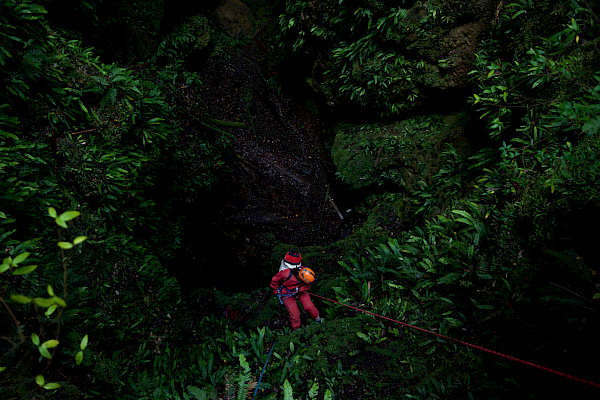
Overall picking camera gear is very subjective and everyone has their own opinion about the best and shiniest new gear to get. The most important thing is to find something that works for you and that gets you some images you are happy with!
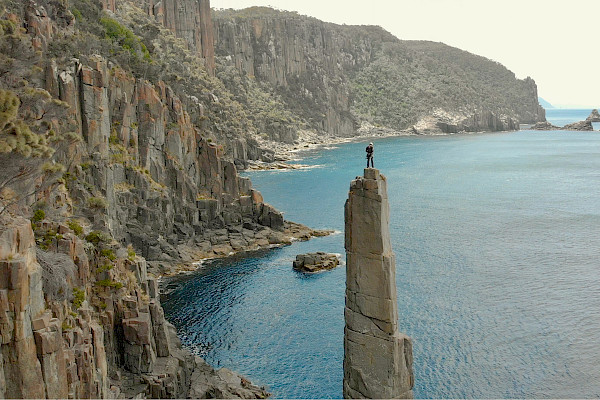
Last modified: